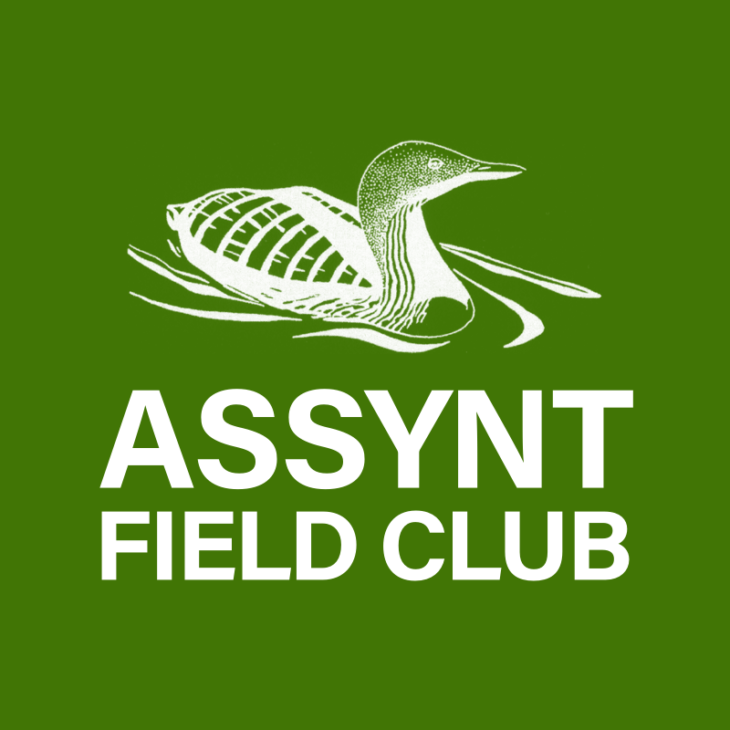Wildlife to spot in June
,
In this, our second joint blog with Coigach & Assynt Living Landscape, we hope to give you an idea of some of our amazing wildlife to look out for in June.
June can be a ‘quiet’ month for birds, from a human perspective at least, as the singing often stops for a while this month but does pick up again later on. Most of our birds will have had at least their first brood by now and so will be busy feeding their youngsters and, in some species, these will be from their second brood!
One bird you will probably notice having gone quiet is the Cuckoo, Cuculus canorus, as it will not be long until the adults start their autumn migration back to Africa. Of course, their youngsters are now being looked after by the adults of another species which, in Assynt, is generally the Meadow Pipit, Anthus pratensis!
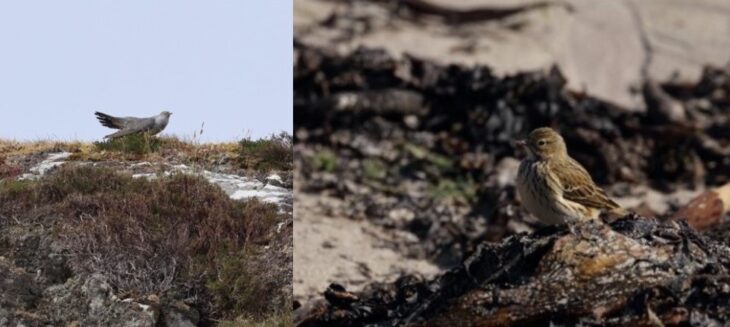
Look out for female Eider, Somateria mollissima with ducklings This large duck will often form crèches so you can see two or three females with a large number of youngsters. Good places to see Eiders are Lochinver, Oldany estuary and Loch Kirkaig.

House Martins, Delichon urbica arrived back from Africa last month and are now be busy nesting building or even incubating their eggs. Watch out for them in Drumbeg, Lochinver, Nedd and other locations as they swoop up under house eves to their external, but sheltered, mud build nests.
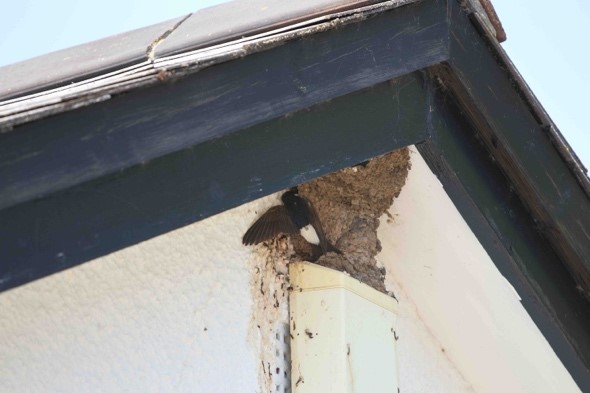
Ringed Plover, Charadrius hiaticula breed on several sandy and pebbly beaches around Assynt but they are very, very difficult to spot being so well camouflaged. One of the main sites is Bay of Culkein so if you are visiting that particular spot please watch where you place your feet and don’t let your dog run free on the beach.
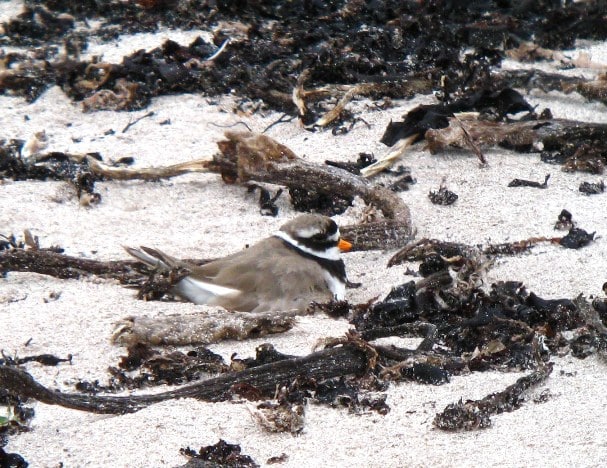
June is a fantastic month for flowering plants and also butterflies, provided we have warm, dry weather.
A few butterflies to look out for in June include –
Painted Lady, Vanessa cardui: this widespread migrant prefers dry open areas, but can be seen anywhere in a good year.
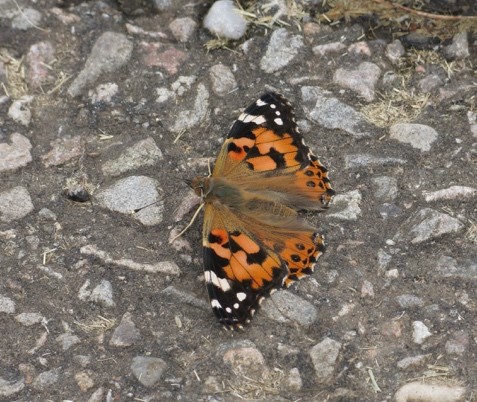
Common Blue, Polyommatus Icarus: an attractive butterfly, found where its larval food plant, bird’s-foot trefoil, occurs in quantity, especially along the coast and the limestone corridor.
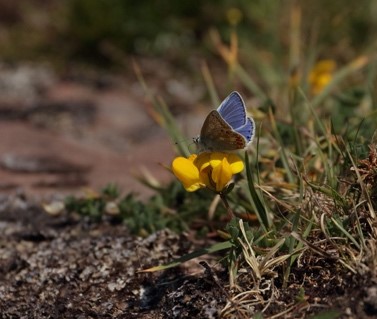
Small Pearl-bordered Fritillary, Boloria selene: this lovely chequered orange butterfly flies in June and July in boggy areas, where its caterpillars feed on marsh violet and is widespread in the area.
Small Heath, Coenonympha pamphilus: a small butterfly of coastal and limestone grasslands, with grey and orange undersides to the wings. Not widespread, but may be frequent where it occurs.
Large Heath, Coenonympha tullia: a characteristic butterfly of boggy areas in the CALL landscape, where the caterpillars feed on hare’s-tail cotton-grass. A strong flier that requires careful identification where the Small Heath might also occur.
Orchids are really starting to show this month throughout the area with the widespread Heath Spotted Orchid, Dactylorhiza maculate occurring in numerous locations and a variety of shades from deep purple to almost white, it’s spotted leaves help identify it.
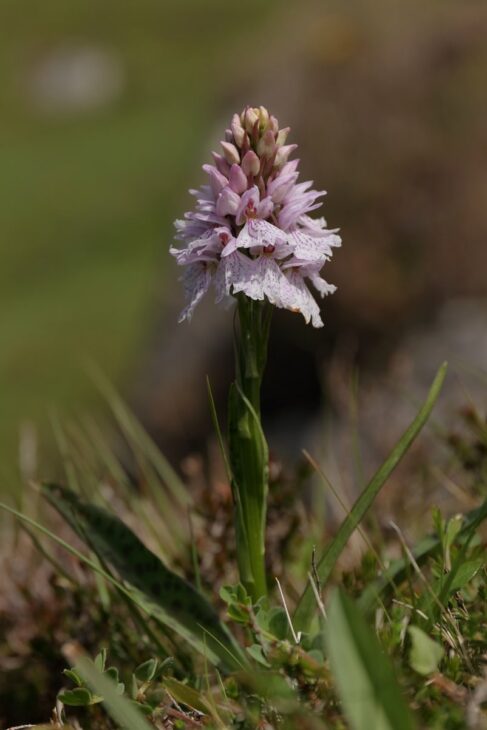
Another orchid worth finding in June is the Fragrant Orchid, Gymnadenia sp. not only for its perfume but also the chance to see one of our day-flying moths the Six-spot Burnet, Zygaena filipendulae which the adults use as a food source.
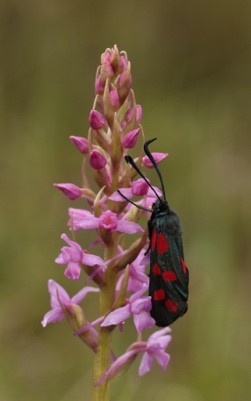
Other dramatic flowering plants this month include the Globeflower, Trollius europaeus and a good spot for this stunning yellow flower can be Achmelvich. A good number of Assynt’s lochs provide amazing displays of White Water-lily, Nymphaea alba, including Loch na Claise, Loch Eileanach and Loch Ruighean an Aitinn.
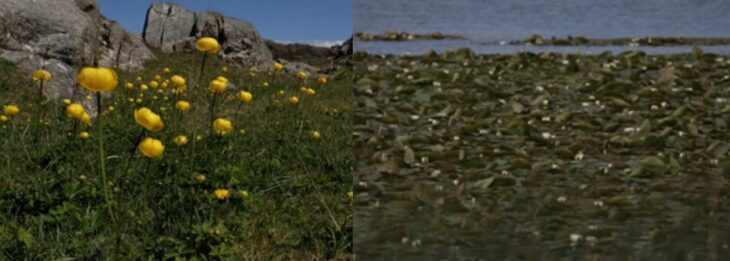
It could prove difficult to travel anywhere in the CALL area this month and not see Spear Thistle, Cirsium vulgare. With its multiple large flower heads and long sharp ‘spears’ on its leaves this is a very dramatic plant that does deserve to be handled with care!
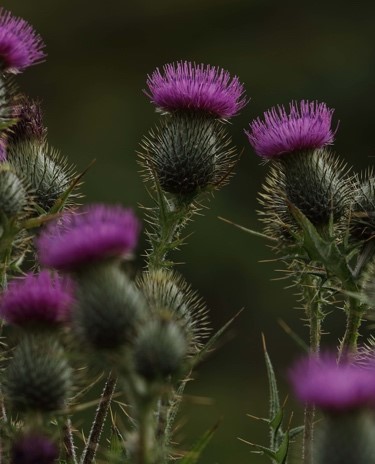
Finally, for June, it’s a time for Dragons and Damsels, flies that is! The large cigar shaped body of the Four-spotted Chaser, Libellula quadrimaculata can be hard to spot as it rests on loch-side vegetation but at least it does rest giving us a chance to admire the intricacy of its wings. Our largest dragonfly will also be on the wing this month, the Golden-ringed Dragonfly, Cordulegaster boltonii is a widespread member of this family and can be seen over burns, moorland and woodland edges. This is a ‘hawker’ so it looks for food as it cruises through its territory.
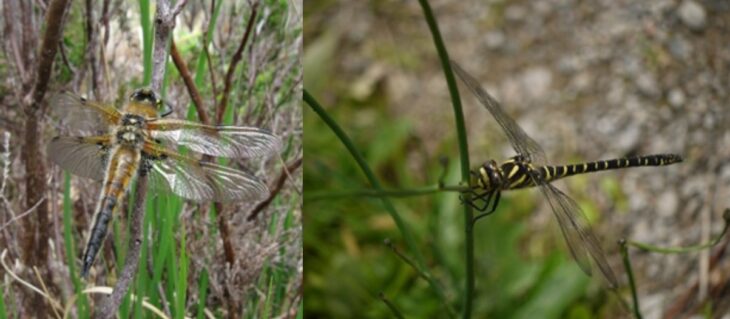
A couple of the much more delicate Damselflies to watch for are the Large Red, Pyrrhosoma nymphula and the Common Blue, Enallagma cyathigerum. Both are widespread and common and can often be spotted resting on small rocks near standing or slow-moving water.
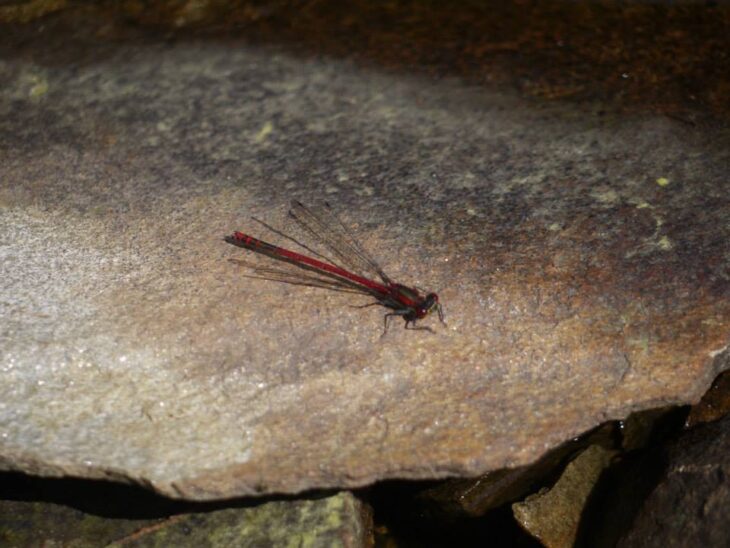
A busy month of wildlife watching awaits so take a bit of time and let our nature in.
DH
